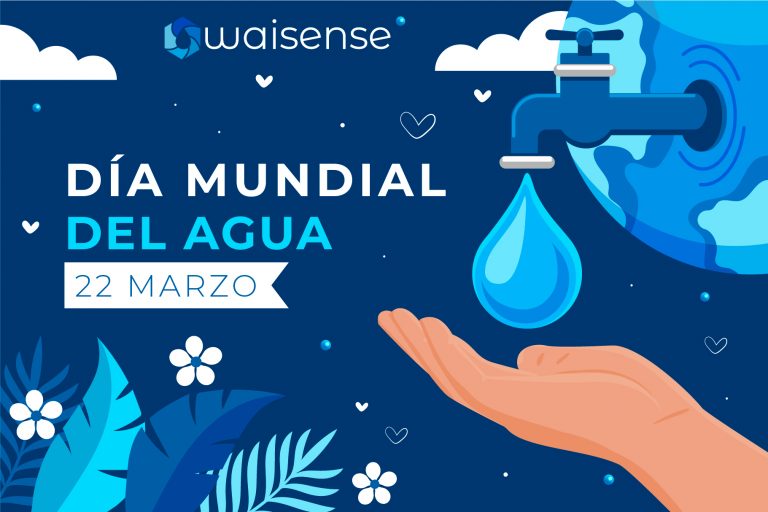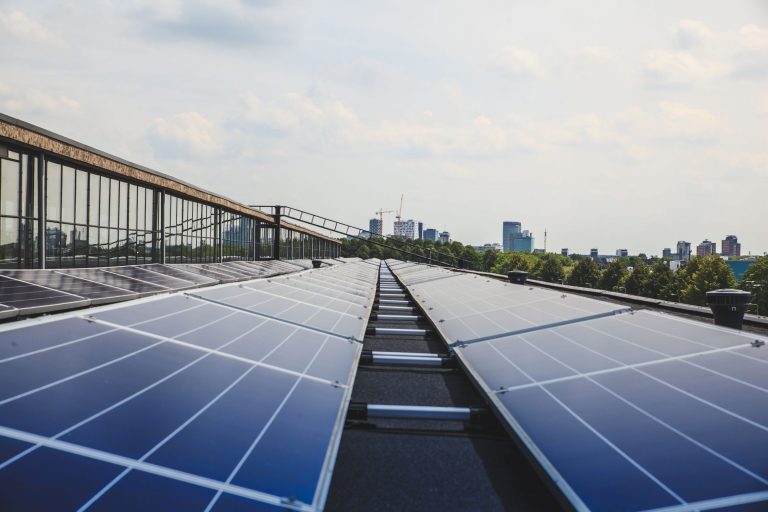What is the water footprint?
La huella hídrica es una medida utilizada para conocer la cantidad necesaria de agua dulce para producir un bien o un servicio. Se pueden realizar cálculos sobre la huella hídrica de casi todos los productos. Se calcula de forma modular, es decir, se suma el agua utilizada en cada etapa de producción, desde su origen y la obtención de materias primas hasta su entrega.
As with the carbon footprint, it is necessary to understand the importance of the water footprint and how its impact can be reduced through responsible consumption habits:
- Consume local and sustainable products.
- Avoid farming foods that are not found in your climate and need large amounts of water to be produced.
- Reduce the consumption of food and products that require a high amount of water for their production.
- Encourage the use of reconditioned and second-hand goods. Supporting the circular economy is vital for both water and carbon footprints to be reduced.
- Saving water at home. In previous posts in this blog we have talked about how to save water throughout your home without having to give up comfort or having to collect the water or be aware of the tap when the hot water runs. All through the WAISENSE home automation system, and without affecting your bill at the end of the month.
- Adopt recycling habits.
These actions also have an impact on the carbon footprint for two reasons: they are sustainable habits that not only reduce consumption and production of unnecessary goods and raw materials, but also reduce the amount of water that would need to be treated and returned to the environment.
The importance of the water footprint makes us aware of our water use at all levels and helps us to establish more environmentally friendly guidelines and behaviour.




